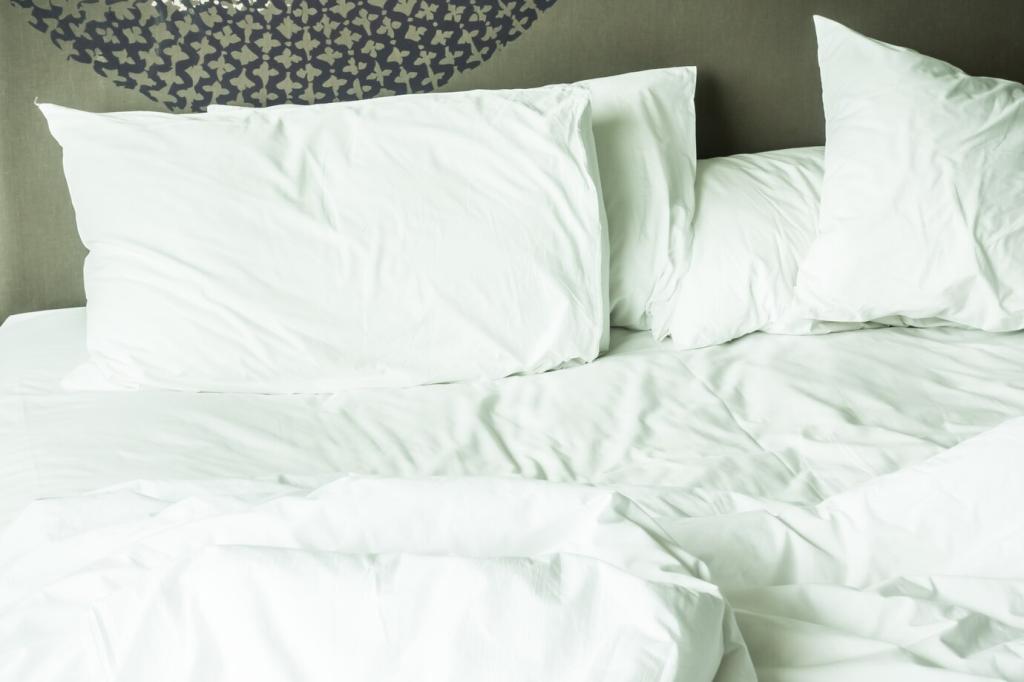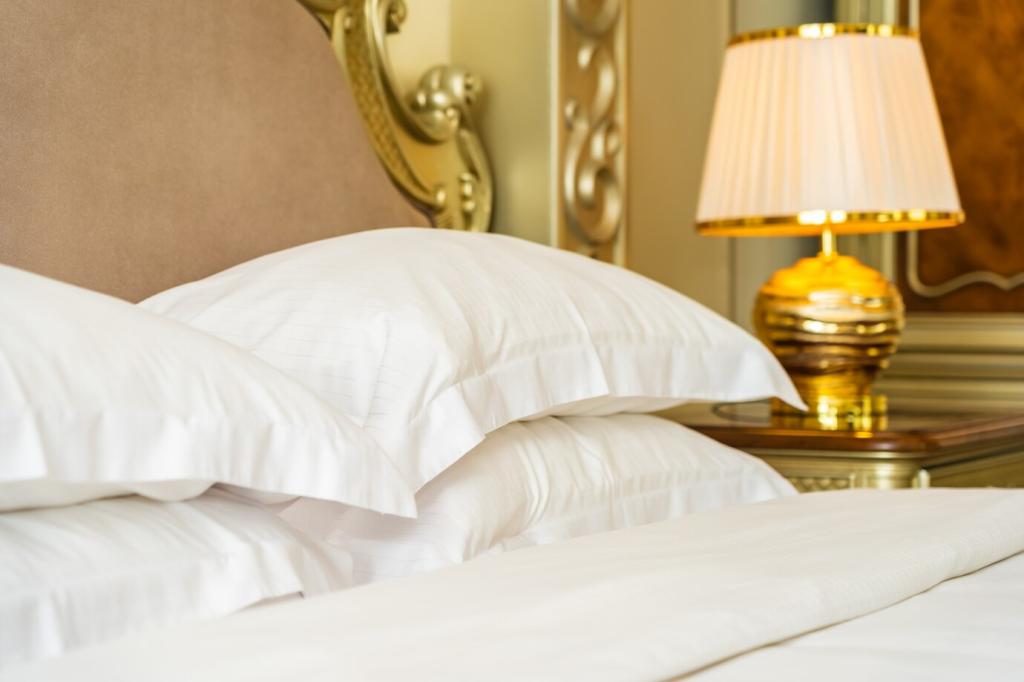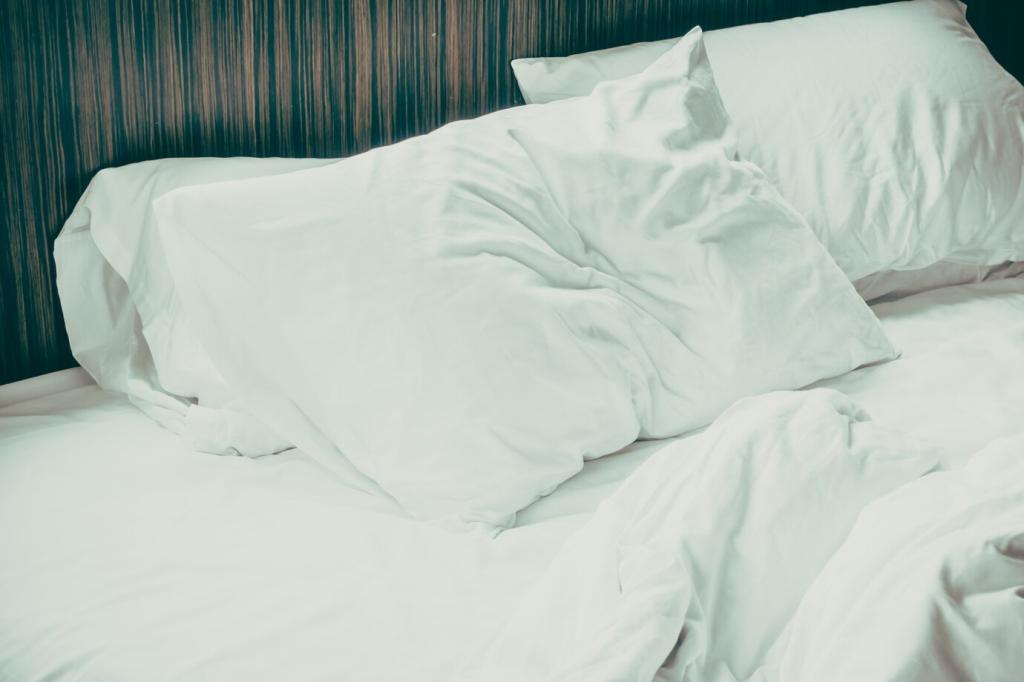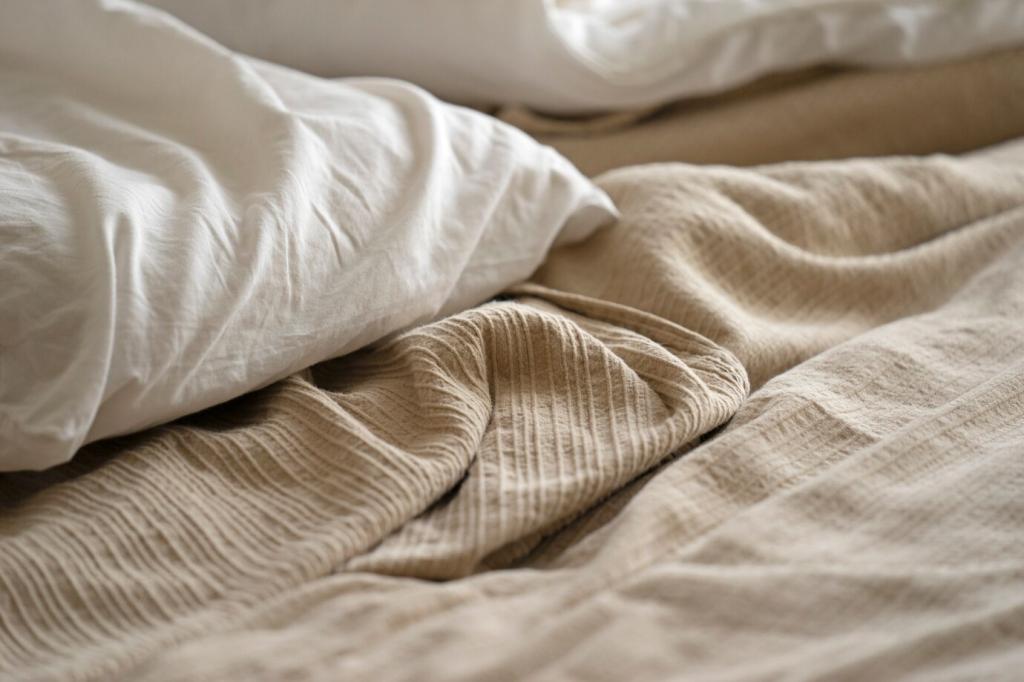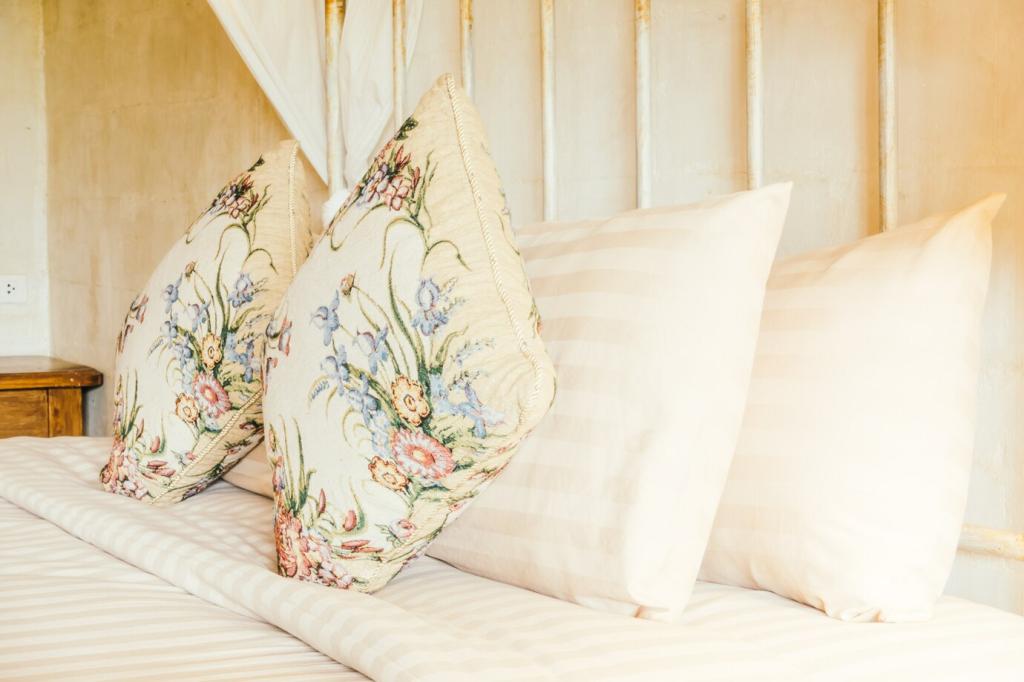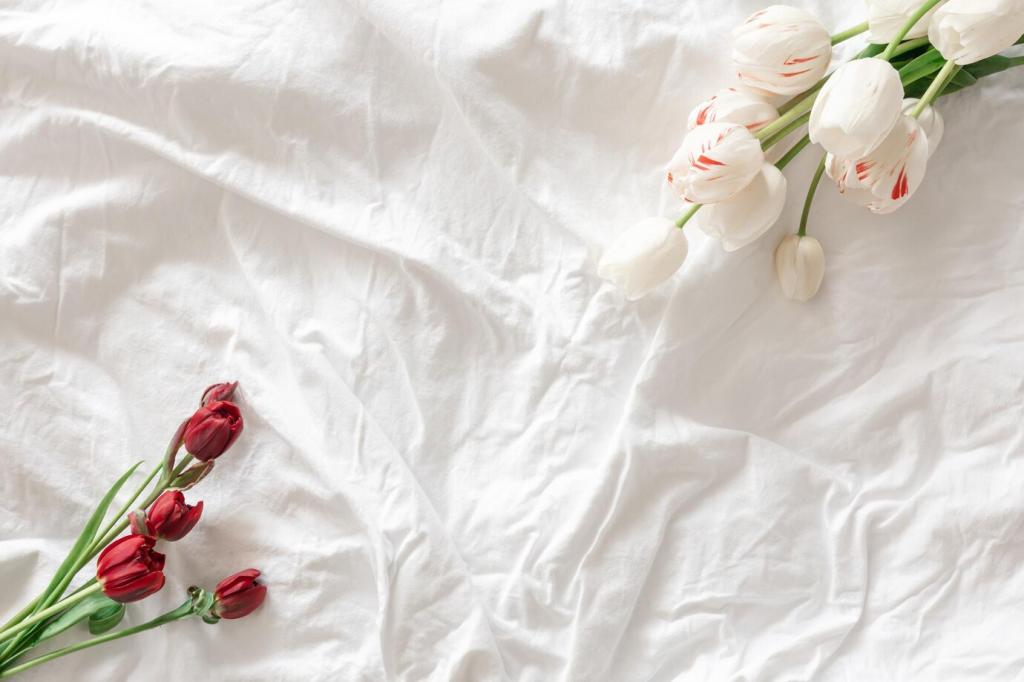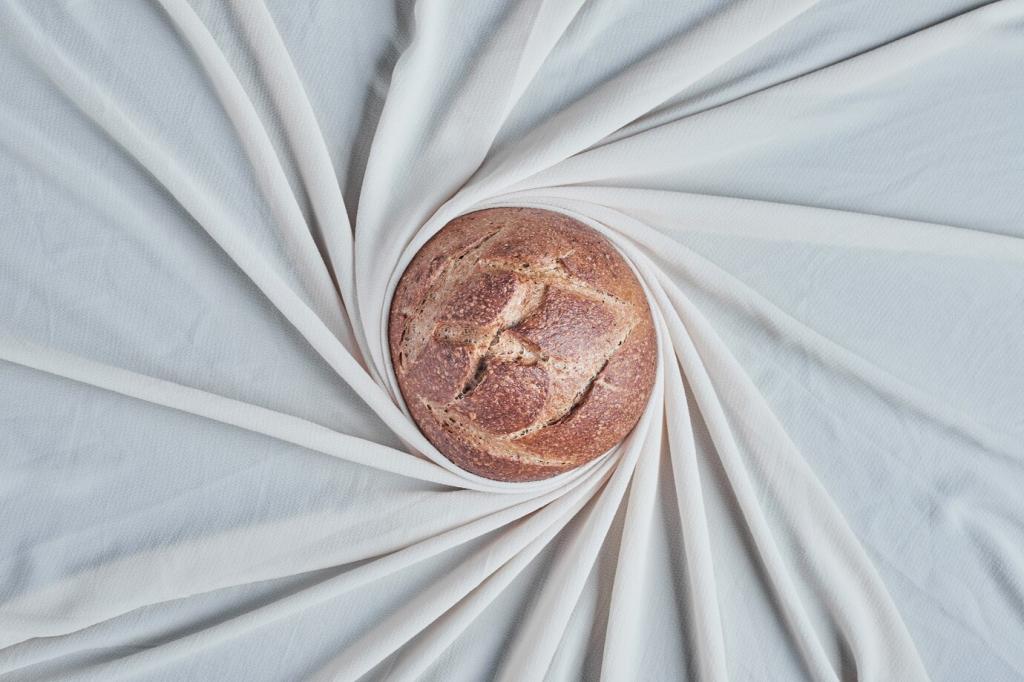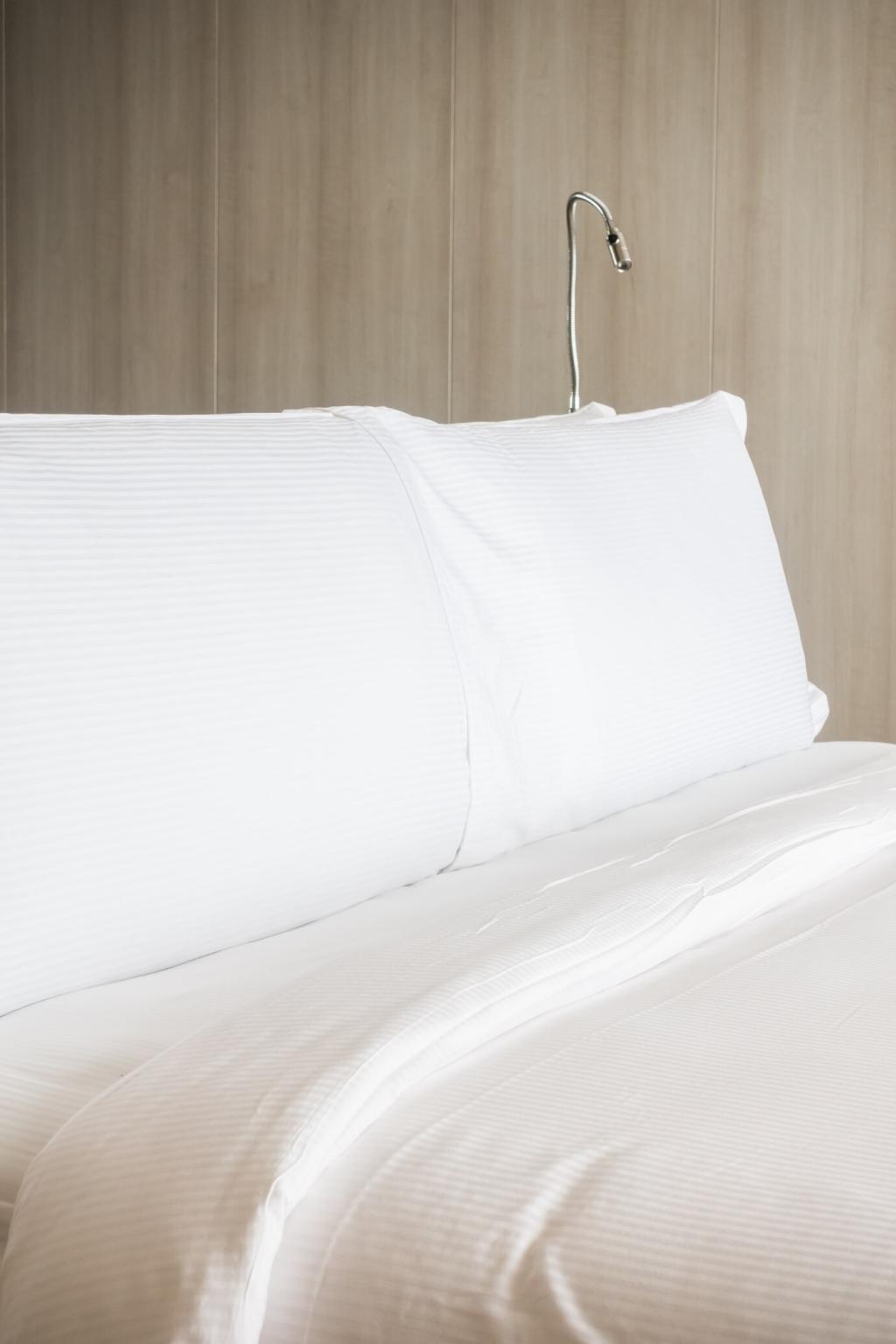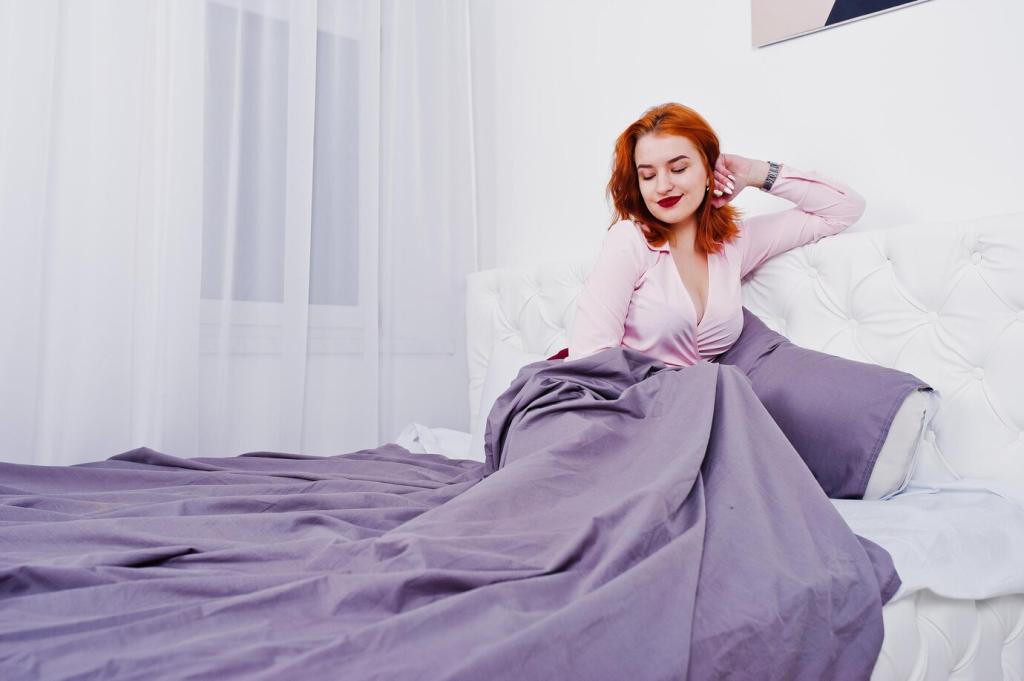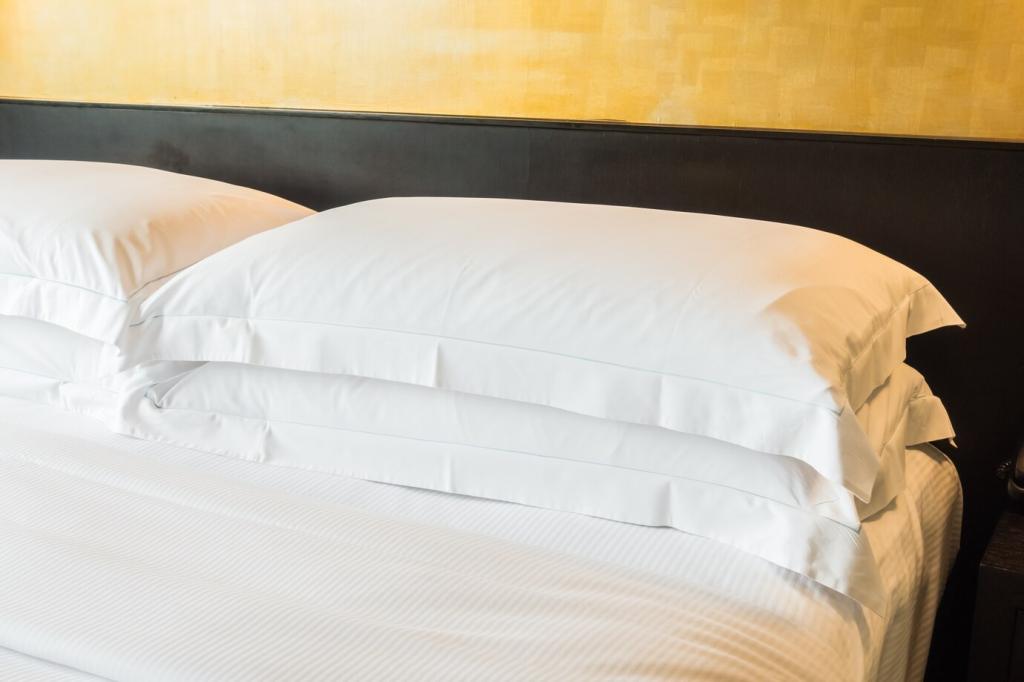Choosing the Right Silk Pillowcase
A momme range around 19–25 often balances softness with durability. Charmeuse weave offers that signature glide ideal for hair and skin. Heavier isn’t always better—consider your climate and personal feel preferences.
Choosing the Right Silk Pillowcase
Mulberry silk with 6A grading signals top fiber quality. OEKO-TEX certification helps ensure the fabric is tested for harmful substances. Check stitching and seams, too, because smooth finishing preserves silk’s low-friction advantage.

